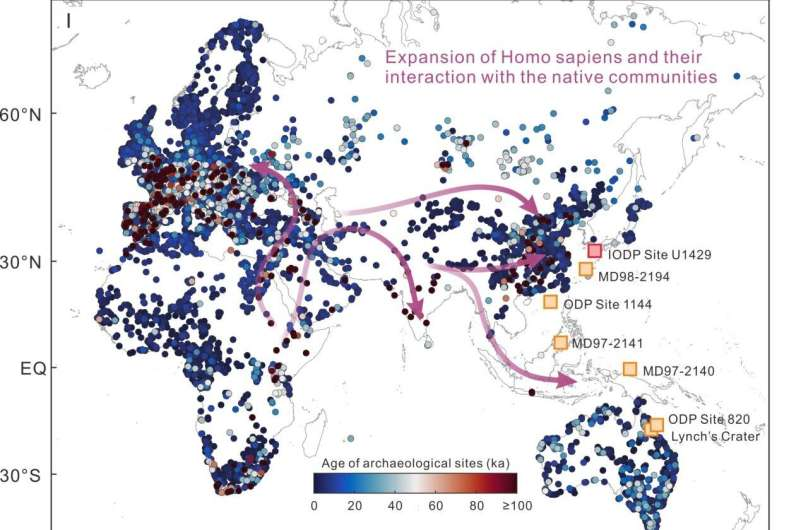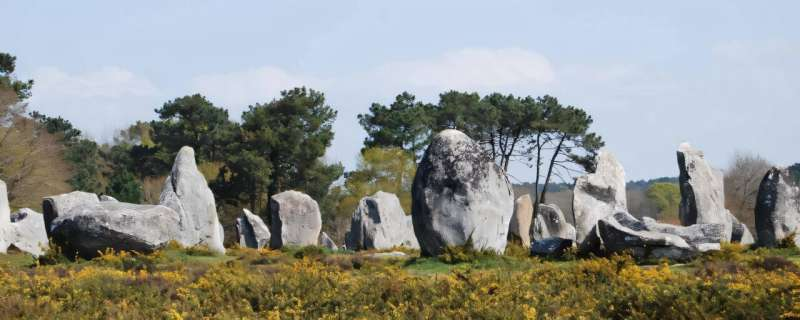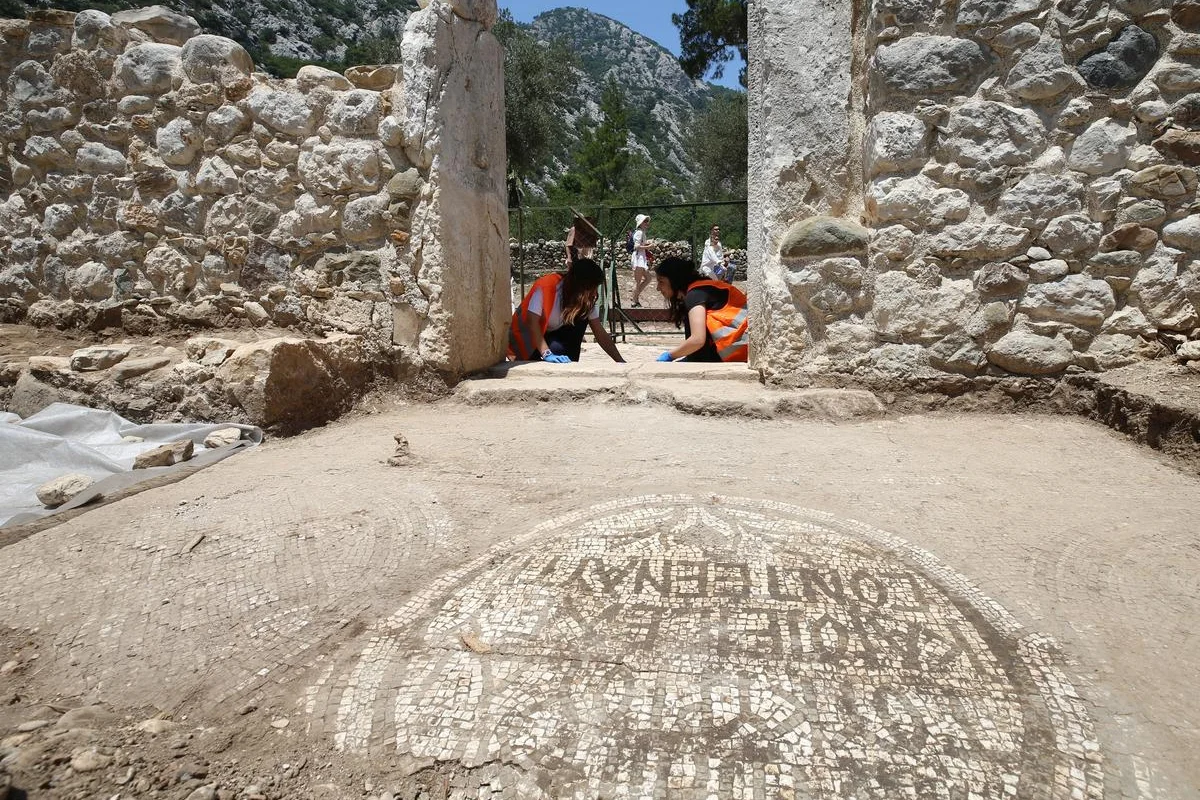Ancient Structures with a Hidden Purpose
Scattered across Oman, the Bronze Age towers—dating back nearly 5,000 years—have long fascinated historians and archaeologists. Originally believed to be simple defensive watchtowers, recent research suggests they played a far more complex role in the region’s ancient civilization.
A Scholar’s Passion for Discovery
German researcher Prof. Stephanie Dopper, a junior professor specializing in digital humanities for ancient Near Eastern studies at the University of Würzburg, has dedicated years to studying these enigmatic structures. Her findings are now published in Landmarks of Identity: Bronze Age Towers of the Oman Peninsula, a collaborative effort with the Ministry of Heritage and Tourism (MoHT) and Archaepress Publishing Ltd.
Rethinking the Role of the Towers
Prof. Dopper’s research challenges traditional assumptions about the towers. While early scholars saw them as military fortifications, her studies indicate they served a variety of functions. These structures were strategically positioned along trade routes, facilitating commerce and cultural exchange. They also played crucial roles in copper production, water management, and even communal gatherings.
Not Towers, But Raised Platforms
A major revelation in Dopper’s work is that these so-called "towers" were likely not towers at all. Unlike the towering mud-brick structures of later Islamic fortresses, these Bronze Age constructions were relatively low, raised platforms designed for practical and social functions rather than purely defensive purposes.
Engineering Ingenuity in the Bronze Age
The people of Oman’s Bronze Age civilization demonstrated remarkable technical skill and resource management. The construction of at least 100 monumental structures suggests a highly organized society that thrived despite the region’s harsh, arid environment. Their advanced knowledge of water conservation, trade logistics, and metallurgy paints a picture of a civilization that was not merely surviving but flourishing.
Preserving a Legacy
As Prof. Dopper continues to shed light on these ancient towers, her work underscores the significance of preserving Oman’s archaeological heritage. Landmarks of Identity offers both scholars and history enthusiasts a deeper appreciation of the region’s rich and complex past, encouraging ongoing exploration and conservation efforts.
This groundbreaking research redefines our understanding of Oman’s ancient history, proving that these Bronze Age communities were far more sophisticated than previously believed. The secrets of these towers continue to unfold, offering invaluable insights into a lost world of trade, innovation, and resilience.







